Should I Diffuse Or Apply My Essential Oils Topically?- AAA

You wouldn’t rub smelling salts on a person to awaken them, nor would you inhale a muscle gel to soothe soreness. Oftentimes, the best way to use essential oils is common sense, but other times guidance is necessary. When do you use essential oils topically and when do you inhale? Our experts break it down in today’s guide.
Should I Diffuse or Apply My Essential Oils Topically?
From headaches and inflammation to sleep and mood, we’re laying out the best way to use essential oils for a variety of everyday needs. Read on to learn more.
Topical Application
If you’ve ever used a skin patch before, you know that substances can be absorbed through the skin. When a substance is applied topically, it slowly permeates the skin before entering the bloodstream. The slow permeation of properly diluted essential oils can positively affect pain, inflammation and issues that are skin deep when an essential oil is applied topically.[1]
Inhaling an oil will deliver its chemical constituents throughout the body, but it is better for an oil to be applied directly to the area of concern in these cases:
- Pain
- Inflammation
- Local injury
- Bug bites
- Skincare
- Blemishes
- Minor scrapes and burns
- Sore throat
How To Use Essential Oils Topically
Before you apply undiluted essential oil to your skin, you’ll need a carrier oil to prevent skin irritation. Unlike essential oils, carrier oils are non-volatile oils made up of skin-nourishing fatty acids and are derived from the peels, nuts and seeds of plants. For this reason, they are commonly referred to as vegetable oil. Common carrier oils include items you might find in the grocery store, such as Coconut oil, Jojoba oil and Sweet Almond oil. Carrier oils dilute essential oil making them more compatible and readily-absorbed by the skin.[2]
Once you have your carrier oil, you will then need to choose a dilution based on the purpose of your essential oil application, the age of the person the oil preparation is intended for and the area of the body you’re applying it to.
1% Dilution (6 drops of essential oil + 2 tbsp of carrier oil): Use a 1% dilution for minor issues, children 2+ years old, elderly adults, pregnant individuals, in the bath, for facial use or if you have sensitive skin.
2-3% Dilution (12-18 drops of essential oil + 2 tbsp of carrier oil): Use a 2% dilution for moderate issues, such as pain and inflammation.
4%+ Dilution (24+ drops of essential oil + 2 tbsp of carrier oil): You may increase your dilution upwards of 4% for a short period of time if a lower dilution has proven ineffective.
10% Dilution (60 drops of essential oil + 2 tbsp of carrier oil): A 10% dilution is recommended for spot treatment to assist with issues such as bug bites and blemishes. This high of a dilution is generally not recommended for areas of skin any larger than a spot.
While a 2-3% diluted oil may seem ineffective, luckily pure essential oil is powerful enough to assist with a wide range of issues at this dilution rate.
We suggest combining your essential oil blend in an empty 30 ml amber glass bottle where they can easily be stored and conveniently used. Alternatively, combine your oils in a roll-on.
Inhalation
When and where to use essential oils for pain and injury may seem like common sense, but how to use aromatherapy for issues such as sleep, anxiety and energy can get confusing. Inhaling oils delivers a quick dose of their natural chemical constituents into the bloodstream, as opposed to topical use.
Many issues call for a faster route of absorption, which is why we recommend inhalation in these cases:
- Headaches
- Mood
- Sleep
- Energy
- Focus
- Stress
- Respiratory issues
- Wellness
How To Inhale Essential Oils
There are many ways to inhale your favorite essential oil and gain its many health benefits. The most common way is using an essential oil diffuser.
There are several types of diffusers that work by spreading essential oil throughout the air. Active diffusers use a stimulus such as electricity or heat to achieve diffusion, whereas passive diffusers work without a stimulus. For stronger, more potent diffusion, an active diffuser is recommended. If you plan to diffuse around pets[3], young children or individuals who are more sensitive to essential oils, a passive diffuser is recommended.
Aromatherapy beginners often prefer water diffusers for their effective aroma output and easy operation. If this sounds like you then look no further than our Diamond Diffuser and Top Single Oils set. Featuring three of our most versatile essentials – Lavender oil, Peppermint oil and Tea Tree oil – this starter bundle for beginners. Simply fill the diffuser’s water tank to the fill line, add 10-15 drops of essential oil, press the ON button and inhale the goodness.
To use your essential oils on-the-go, try the essential oil inhaler. Unlike other essential oil inhalers that are made of single-use plastic, our inhalers are composed of glass and metal, so you can use them again and again. Not only are these inhalers mindful of the environment, they’re mindful of those around you — allowing you to enjoy your oils without affecting individuals around you who might be sensitive to oils.
What Happens If I Forego These Recommended Uses?
Could you still benefit from applying Good Night topically, though it’s recommended you inhale it? Should you diffuse Skin Love to boost your skincare routine? In most cases, you could still benefit by inhaling oils meant for topical use and applying oils meant for inhalation, but the results may be far less effective than if you were to use the oil as intended.
Still, if you enjoy Skin Love so much that you want to diffuse it throughout your home, or you want Good Night to be your new personal aroma so you wear it throughout the day, we’re for it! And hey, you’ll still obtain healing essential oil benefits along the way.
SOURCES:
- Tisserand, Robert, and Rodney Young. Essential Oil Safety: A Guide for Health Care Professionals. 2nd ed., Churchill Livingstone, 2013.
- Essential Oil Sensitization Reaction. Would You Know If You Had it? https://aromaticwisdominstitute.com/essential-oil-sensitization/
- Are Essential Oils Safe for People and Pets? https://vetiveraromatics.com/blogs/news/are-essential-oils-safe-for-people-and-pets
Grab The Essentials Here:
Leave a comment (Comments will be approved before showing up)
2 comments
Lavada Miller Hill
This article was very insightful as I was looking for the meaning of two acronyms, AISD and ATID i saw on some flyer for essential oils. I have learned a lot reading this article on inhalation and topical application, thanks
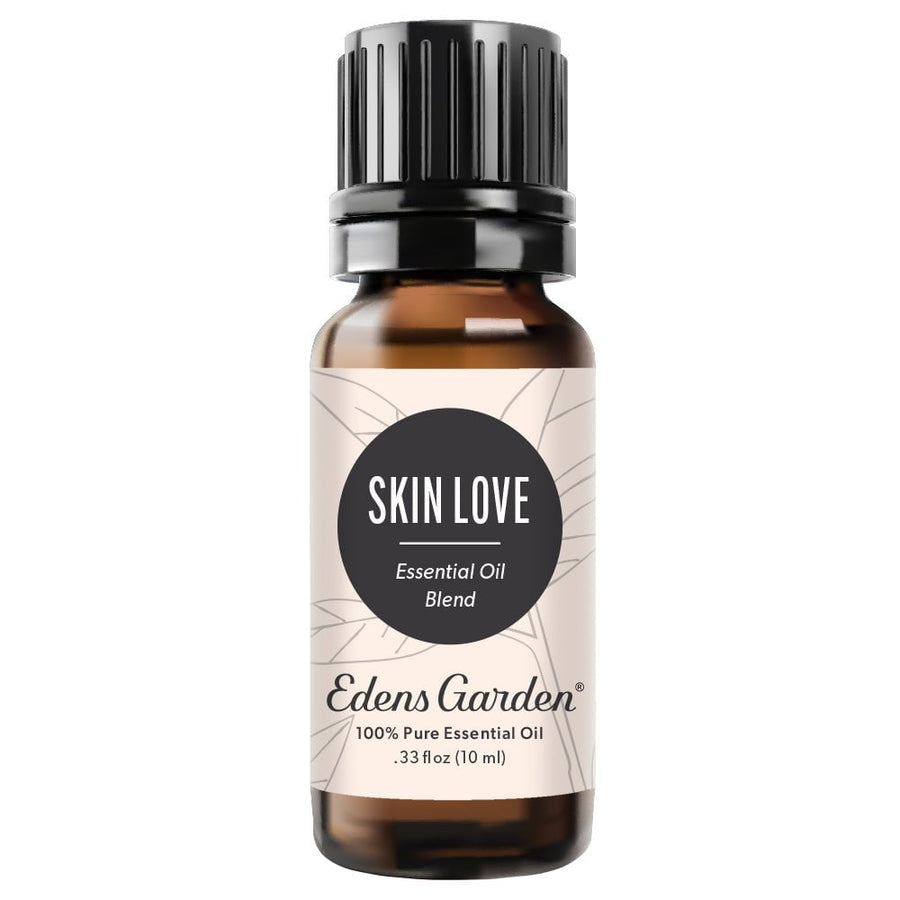
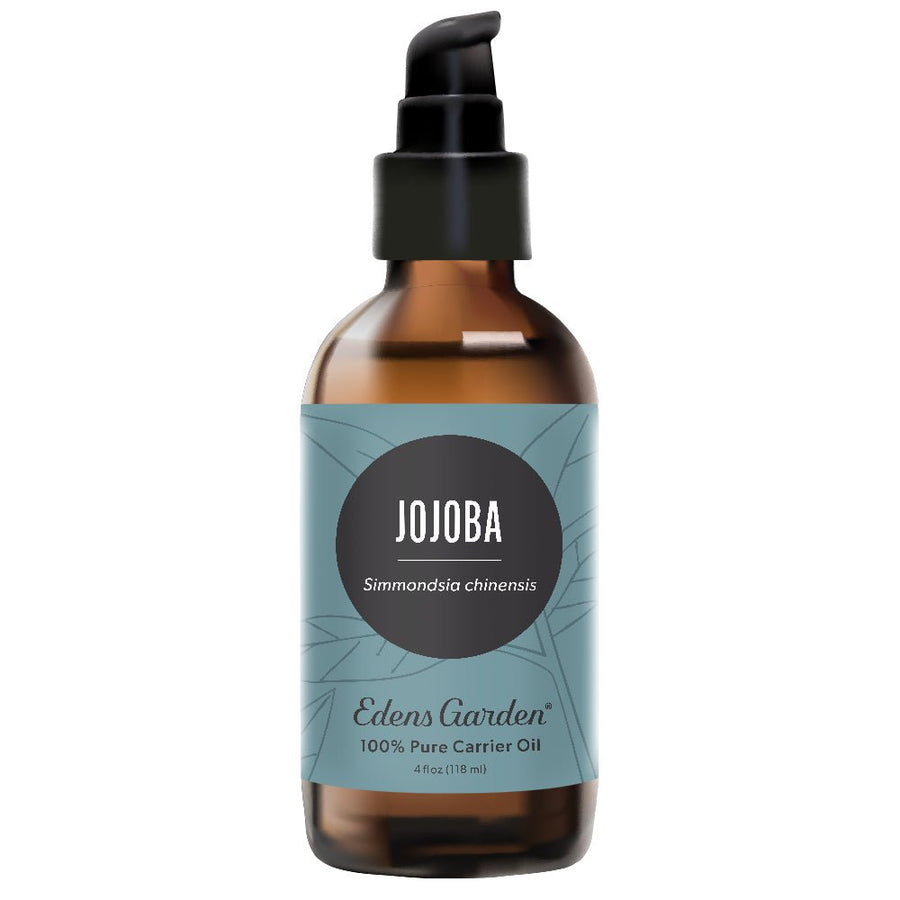
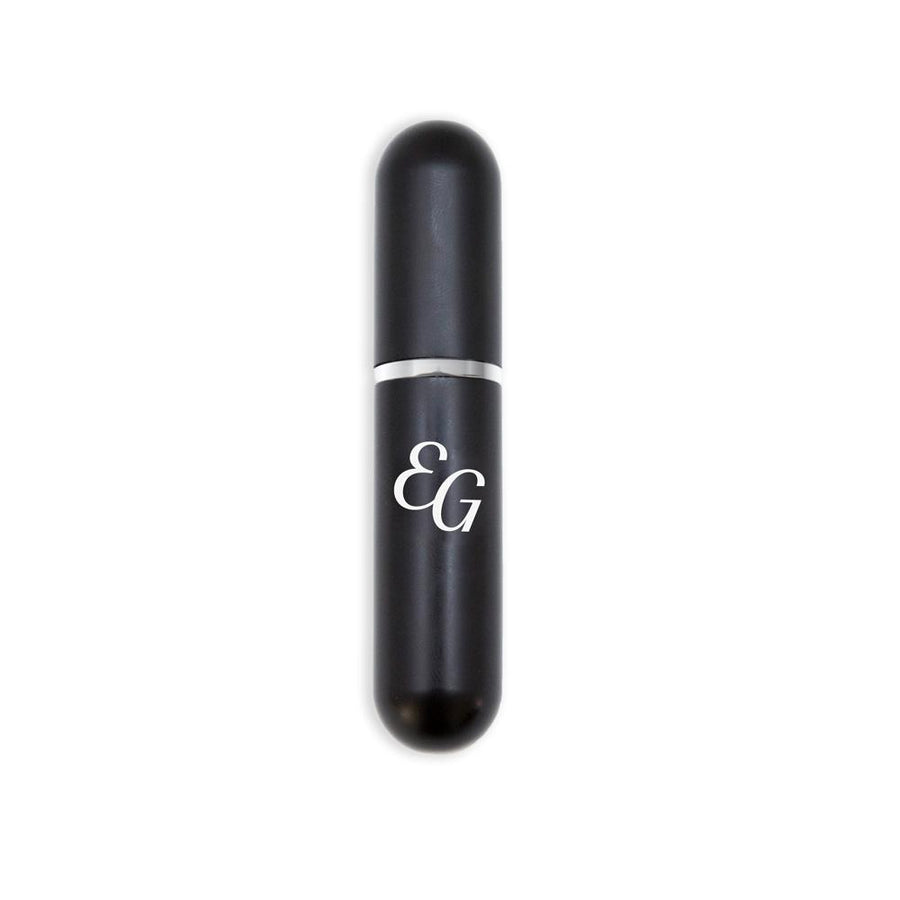
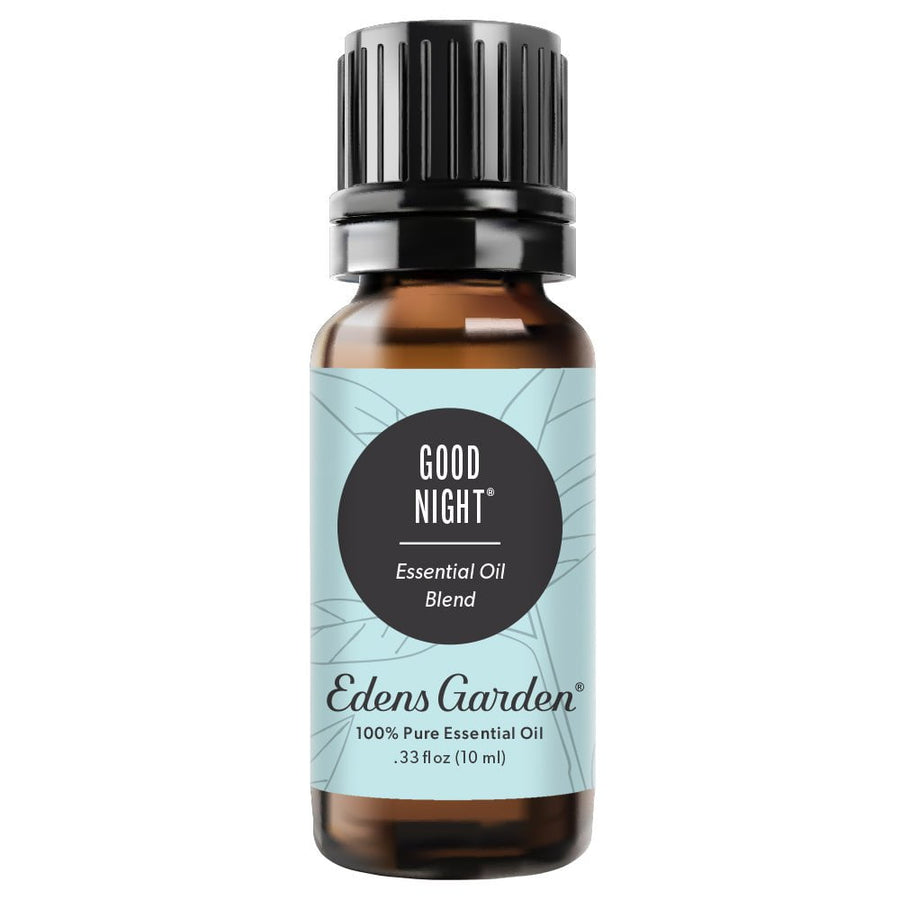
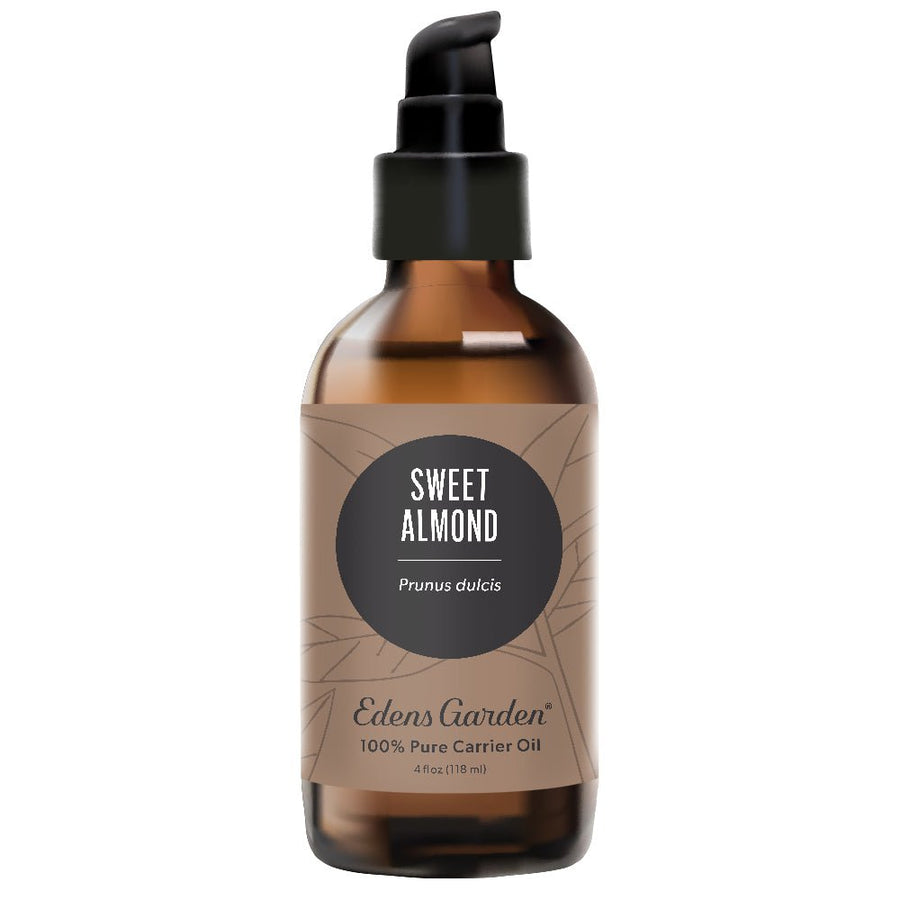
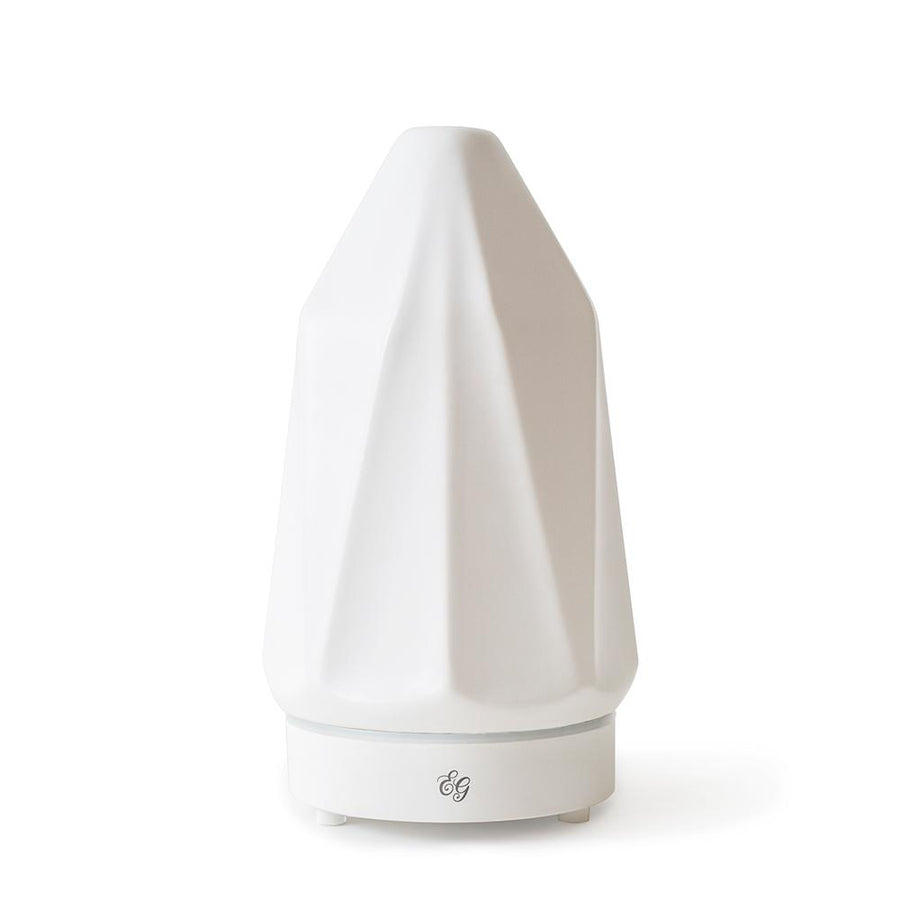

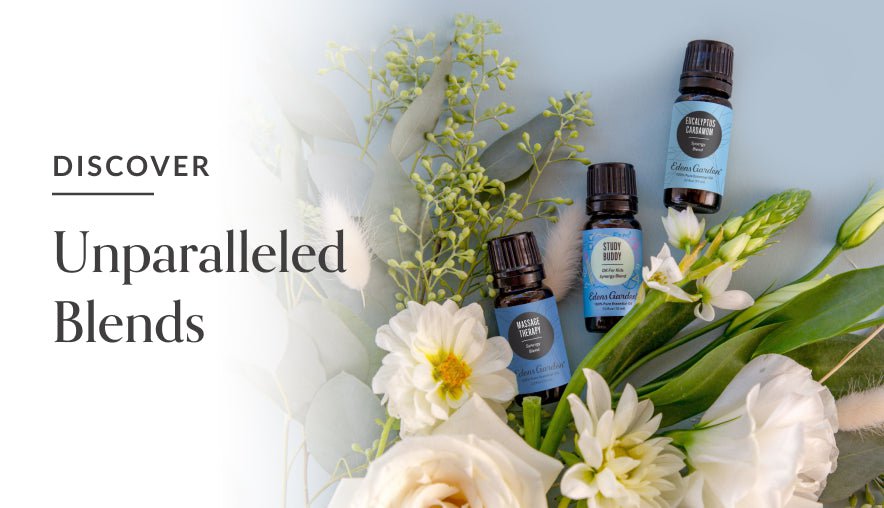
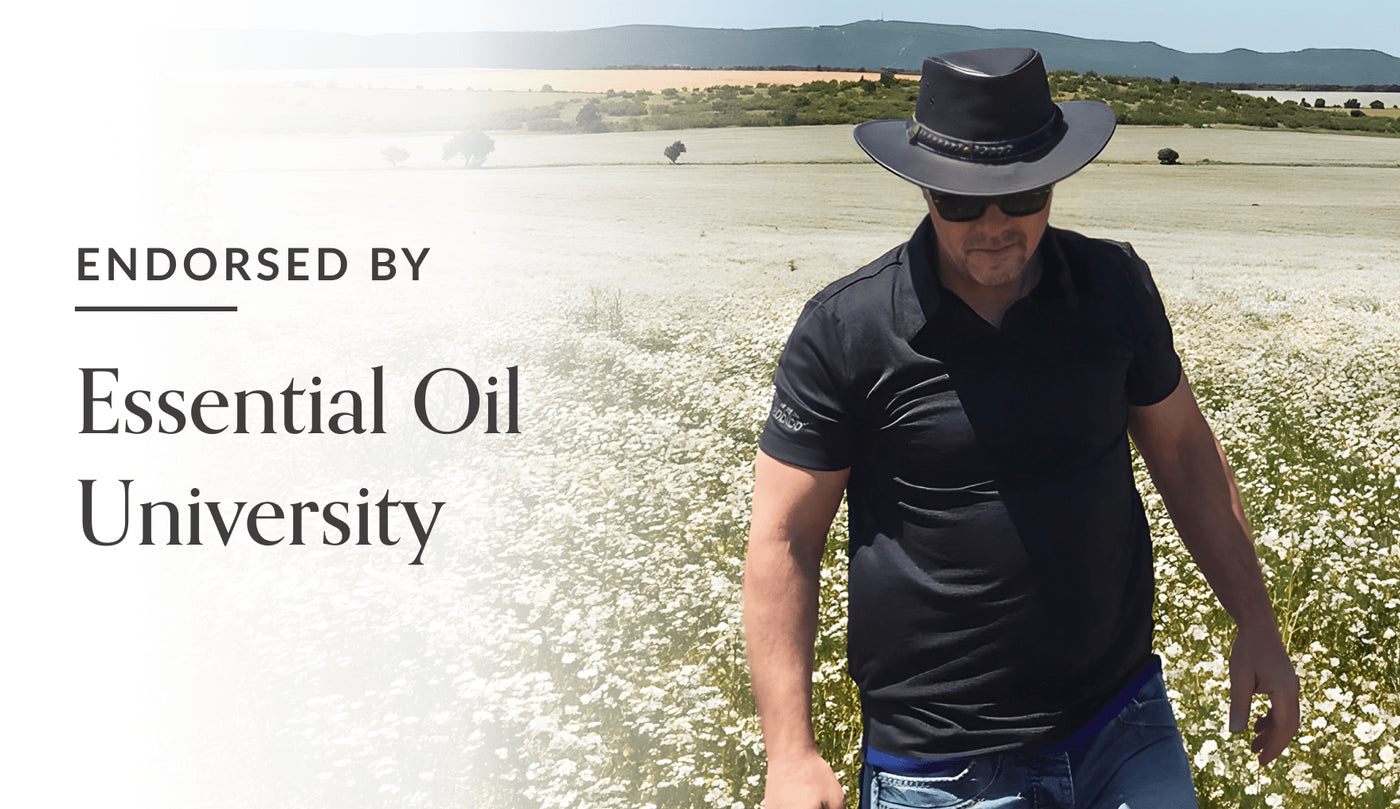
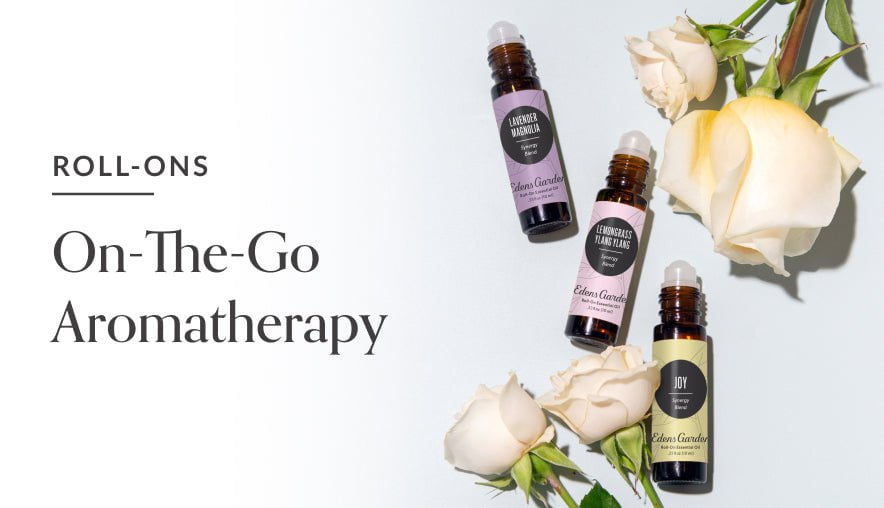
Julie Todd
March 28, 2022 at 7:02 am
This was very helpful! Bella has been great help for me!